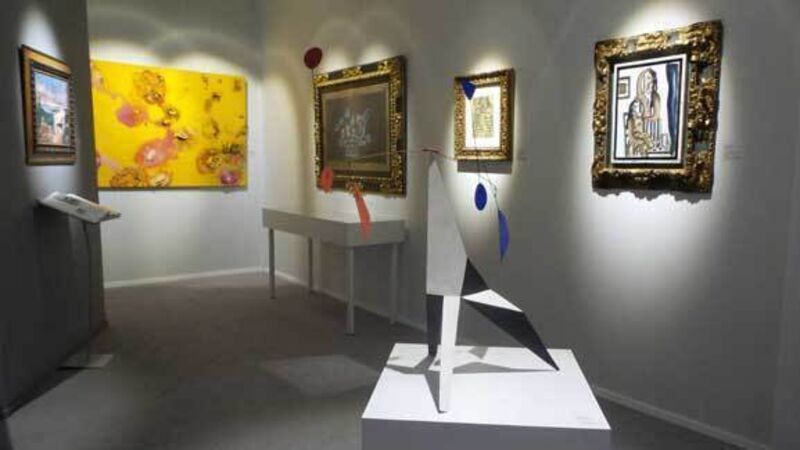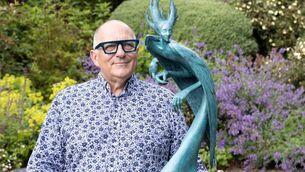Annual London event, Masterpiece Art Fair, dubbed the ‘Billionaire’s Fair’

It there was a Brexit effect at Masterpiece, it was not obvious.
The leading London fair for art and design which covers collectibles from antiquity to the present day, ran up to Wednesday of this week.










